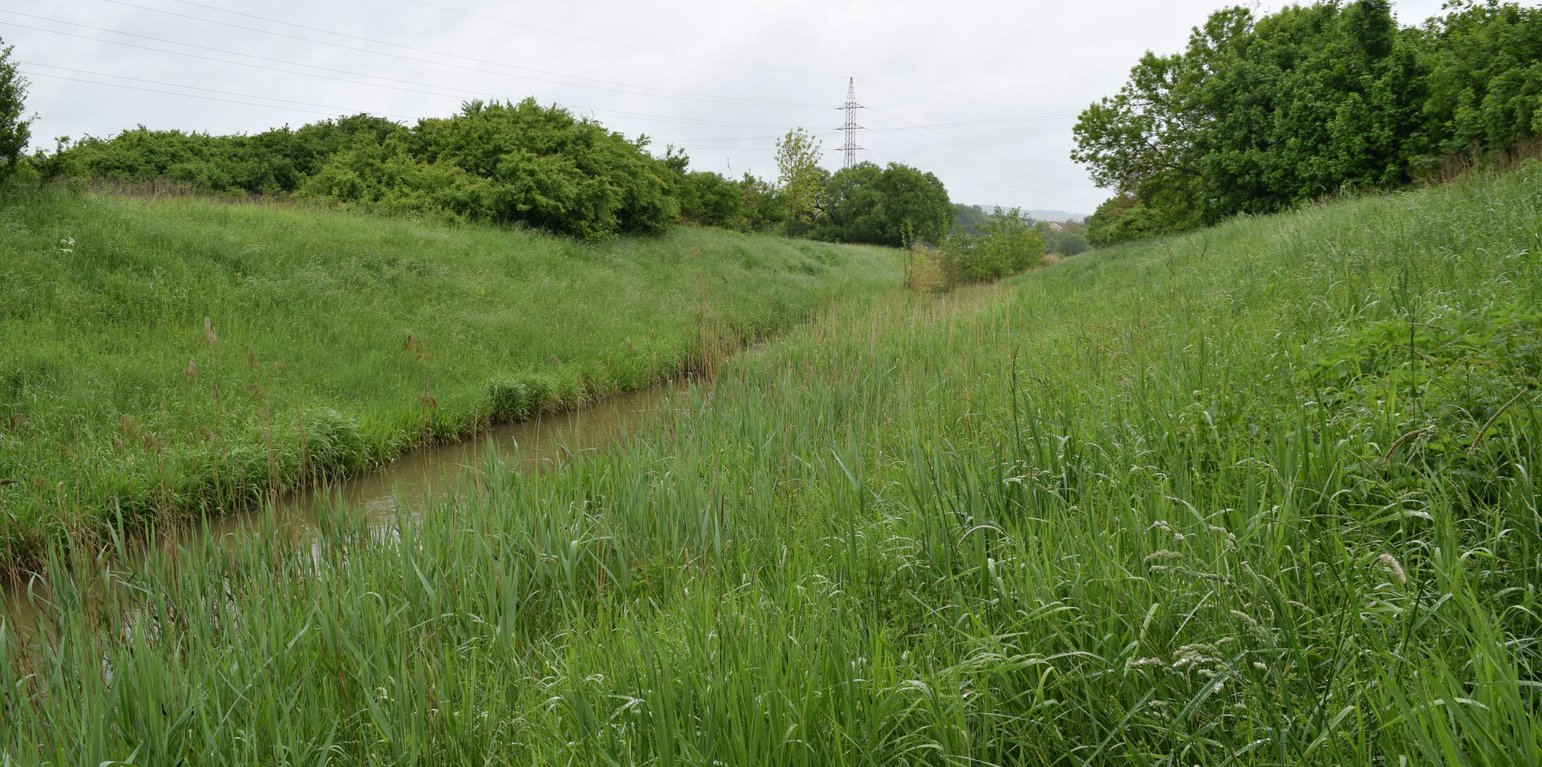



Vegetative riparian buffers are strips of trees and other vegetation alongside surface water bodies such as streams or ponds. They are used in natural environments, as well as in urban, agricultural and wetland areas. Their main function is to provide a natural buffer to increase infiltration, and to filter out nutrients and sediment transported from agricultural fields – thus preventing it reaching (and polluting) water bodies. Riparian buffers also help moderate flow. Creating such green corridors alongside waterlines is advantageous ecologically as well. However, land users usually prefer cultivating the largest possible area of land, so they dislike leaving significant areas abandoned to nature. Another complaint is that riparian buffers provide habitats for wildlife, often resulting in damage to cropland.
Where a natural buffer does not exist - mostly in the neighbourhood of agricultural fields - it can be created by planting trees and bushes alongside the water body. Variable buffer width design with an average width of 15 m (max. 20 m) is recommended.
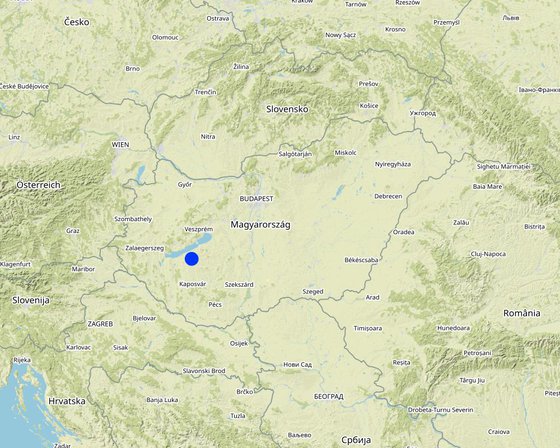
地点: The site where the technology is applied is situated within the catchment of Tetves stream, which belongs to the Balaton Catchment Area in the western Hungary. The climate is moderately warm, moderately humid, mean annual temperature is about 10 ˚C. The average amount of rainfall is between 600 and 700 mm / year., Somogy, 匈牙利
分析的技术场所数量: 2-10个场所
技术传播: 适用于特定场所/集中在较小区域
在永久保护区?: 否
实施日期: 10-50年前
介绍类型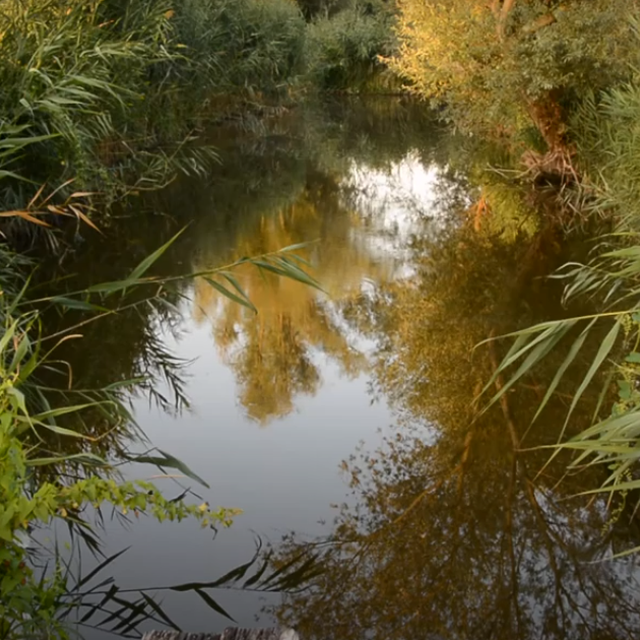
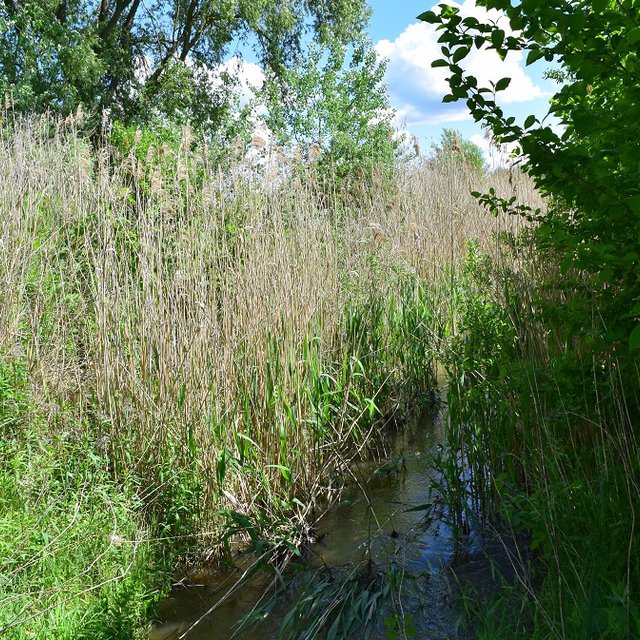


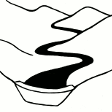




| 对投入进行具体说明 | 单位 | 数量 | 单位成本 (美元) | 每项投入的总成本 (美元) | 土地使用者承担的成本% |
| 劳动力 | |||||
| Soil preparation | person-day | 2.0 | 50.0 | 100.0 | 100.0 |
| Planting (4000 seedlings on 1 hectare) | person-day | 3.0 | 50.0 | 150.0 | 100.0 |
| 设备 | |||||
| Soil preparation | hiring cost/day | 1.0 | 400.0 | 400.0 | 100.0 |
| Planting | hiring cost/day | 1.0 | 100.0 | 100.0 | 100.0 |
| 植物材料 | |||||
| Seedlings | piece | 4000.0 | 0.1 | 400.0 | 100.0 |
| 技术建立所需总成本 | 1'150.0 | ||||
| 技术建立总成本,美元 | 1'150.0 | ||||
| 对投入进行具体说明 | 单位 | 数量 | 单位成本 (美元) | 每项投入的总成本 (美元) | 土地使用者承担的成本% |
| 劳动力 | |||||
| No maintenance required | |||||
Crop production will decrease slightly because the cultivated area will be less, but it is not significant from an economic point of view.
Both on-site and off-site positive effect can be observed because the inflow waters (e.g Tetves) quality can help to protect Lake Balaton from eutrophication.
Riparian buffers are permanent vegetation covers.
It provides a wildlife habitat and corridors for terrestrial organisms
It can filter nutrients, pesticides, and animal waste from agricultural land runoff